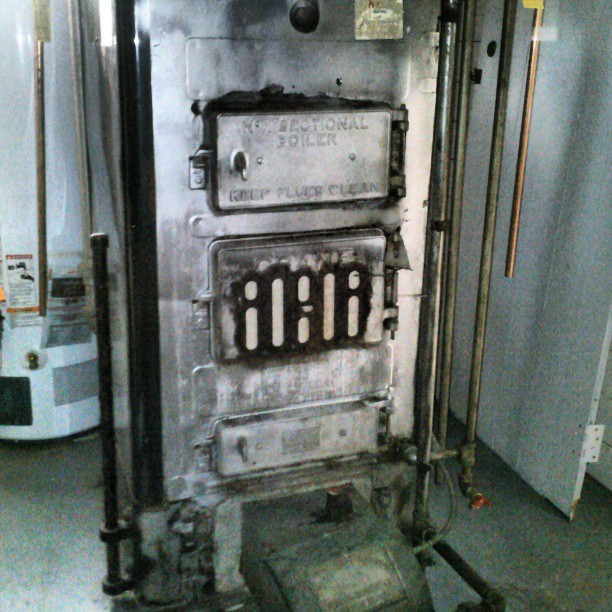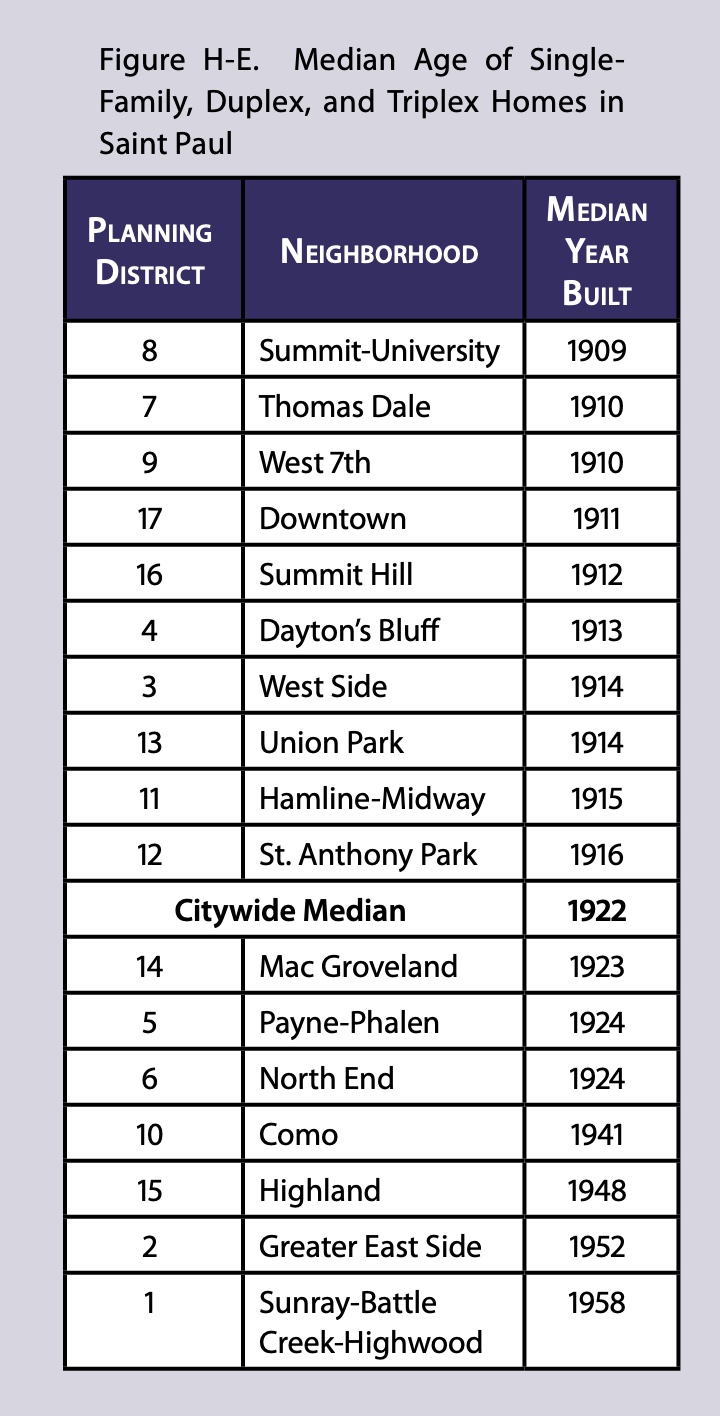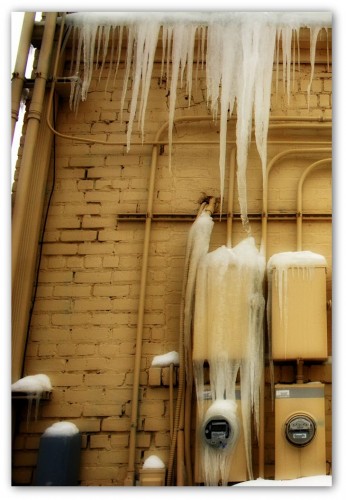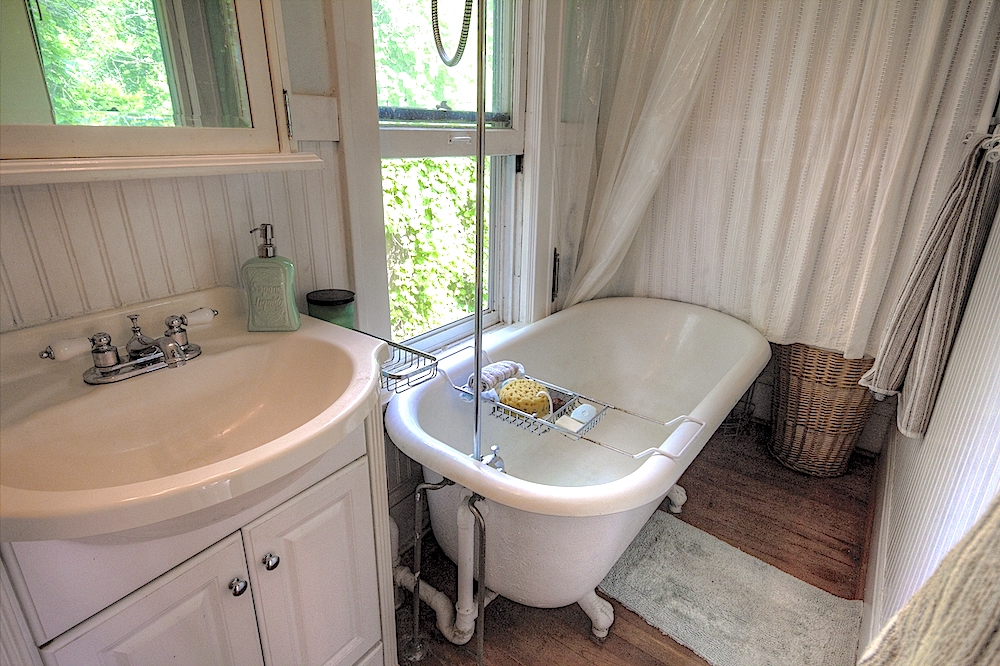The Justus house located on the patio of Burger Moes on West 7th street may be the oldest dwelling in St. Paul. It is made of limestone and is one of the few remaining limestone dwellings.
It has been in the news because it was slated for demolition. The building has been allowed to fall into disrepair or maybe it was helped along the way, we don’t really know.
The building will be saved. According to an article in the Pioneer Press, “St. Paul City Council approves $84,000 to disassemble, store historic Justus Ramsey House. An attorney said he plans to move the house elsewhere on West Seventh Street and open a home office.”
I watched a stone house being moved 20 years ago or so. They are very heavy with two-foot thick walls.
Who was Justus Ramsey? he was the brother of Alexander Ramsey was the governor of Minnesota when it was a territory and he was the second governor of Minnesota.
I have been inside the structure but not for many years. It was simple inside and very small for a house.
Some of the oldest buildings in the city of St. Paul are located in the West 7th area close to downtown. The first settlers in St. Paul settled near what is now Irvine Park and the city grew from there.
My own house, also located in the West 7th neighborhood was built in about 1858. It is defiantly unique but not large and ornate like the nearby Victorian-era houses built in the late 1800s and early 1900s.
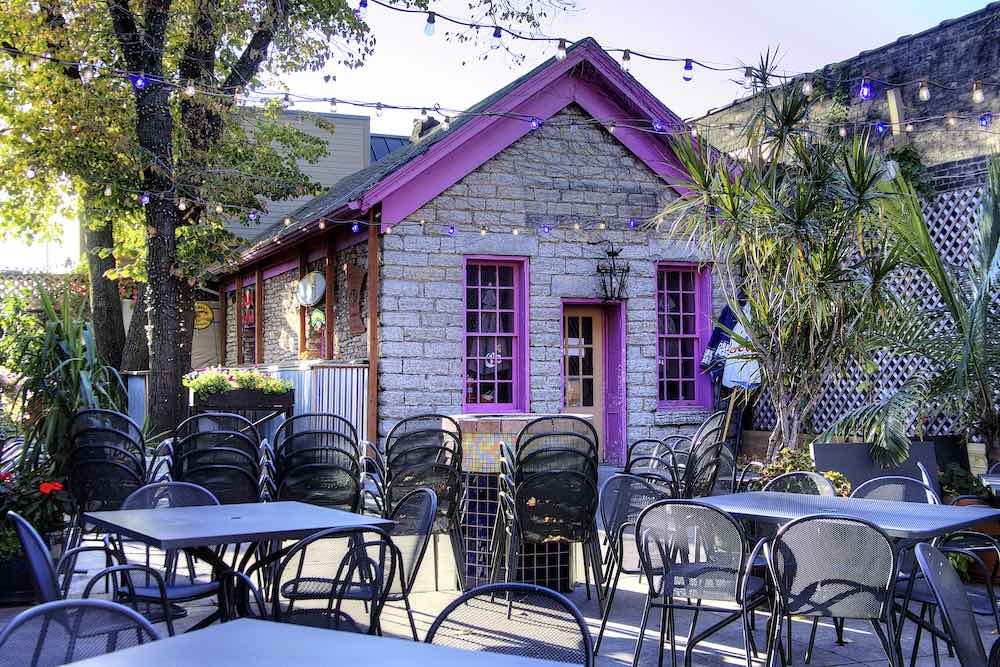
My memories of the house go way back. At one point it was a small shop. Many thanks to Historic Saint Paul for fighting to save the little stone house. We have lost many historic houses and buildings. Some were bulldozed for business expansions, and road expansions and some were replaced with parking lots.

